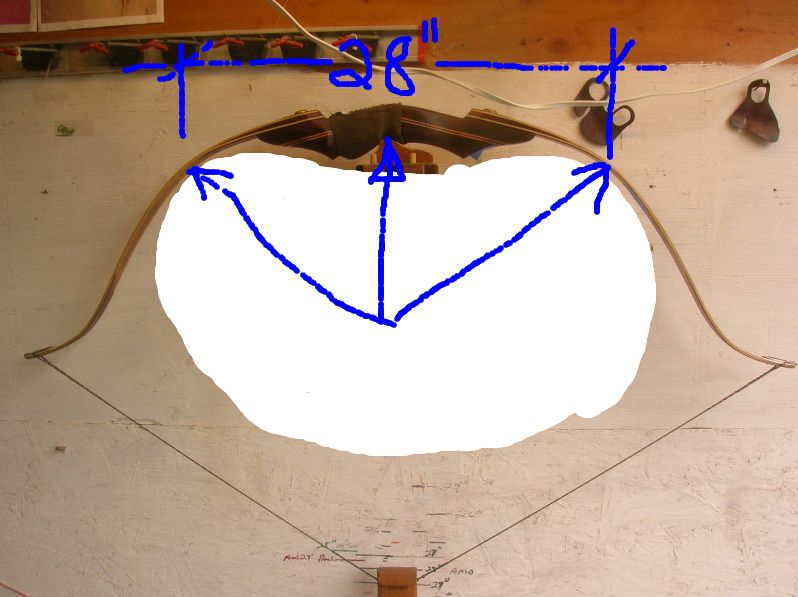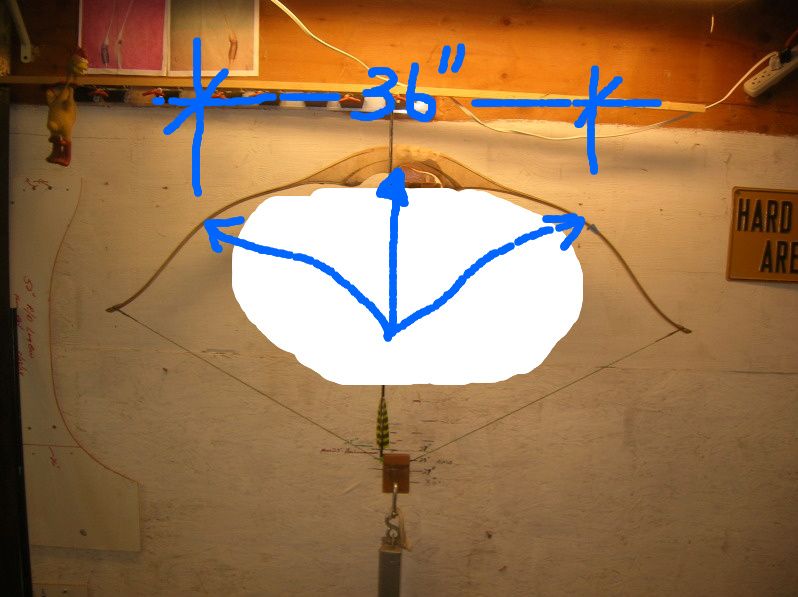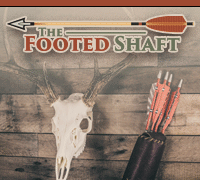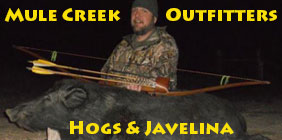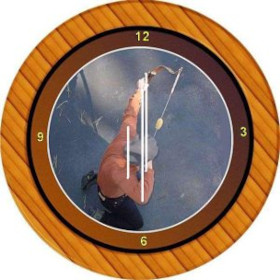Yup... once the deepest part of the grip is forward of the fades the bow is more forgiving in the torque department. But only if the crown of the shelf where your arrow rest is located is in the same spot....
There are a lot of deflex risers with the shelf coming clear back over your hand that acts like an over draw. these are not any more forgiving that a straight riser. actually they are worst.
This also brings up the subject of the difference between a "Defex riser" and a riser with a forward placed grip.... this has to do with the angle of the fades, not the fade tips.
a deflex riser is typically more forgiving, but it's a trade off on performance. A heavily deflexed bow typically runs a higher brace to maintain the proper preload. you are loosing stored energy and power stroke.
A forward placed riser with a reflex built into the fades is the ultimate in forgiveness and performance.
Here's a good example. look at the string angle
